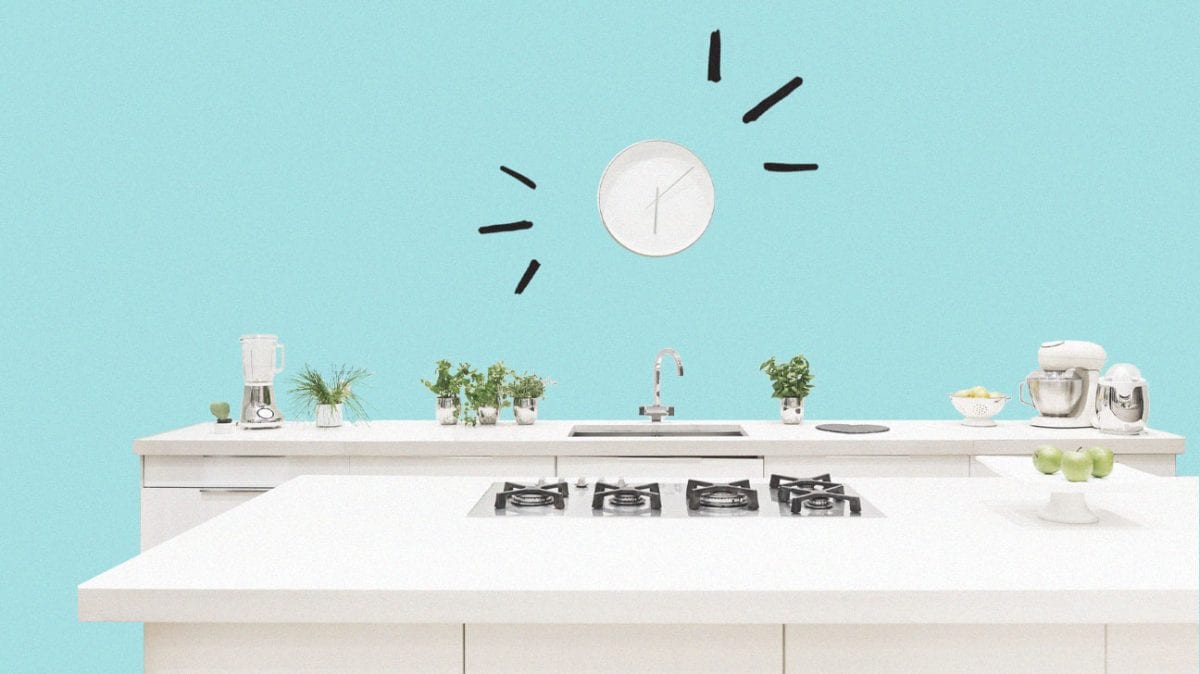Your home is the place where you spend at least half of your time, and it’s the place that you probably feel the happiest. If you take a close look around your home, though, you’ll find that it’s not as healthy and safe as you’d imagined. Many of the never-before recognized dangers could be contributing to flare-ups in your allergies, headaches, and other side effects. The good news is that those obvious health and safety dangers can often be corrected in a matter of minutes. Take a look at these quick ways to make your home healthy.
Clean and Vacuum
Just the simple act of cleaning and vacuuming can make a dramatic difference in your health. Consider the one million skin cells you shed every hour, dropped food, insects, airborne dust, pollen, mold spores, pet dander, and pollutants. It all adds up to a potentially miserable situation. Many of the most severe allergic reactions can be avoided when you clean and vacuum regularly. While you’re at it, don’t forget to get your vacuum cleaned and serviced. Depending on the age of your vacuum, you may need to spring for a newer, HEPA-filter model to make your home healthy and safe.
Clean and Maintain Your HVAC System
One of the easiest and most effective ways to make your home healthy is by regularly cleaning and maintaining your HVAC (heating, ventilation, and air conditioning) system. As part of your next maintenance routine, consider switching to a filter with a higher MERV (minimum efficiency reporting value) rating. The finer filtration processing removes more allergens from the air and leaves your home healthier. You’ll also find that pet dander, mold, mildew, and allergens all build up in the ductwork of your HVAC system. Beyond the regular debris and particulate removed from the exterior of your HVAC system, you should hire a professional HVAC technician to safely clean your ductwork.
Avoid Chemicals
Chemicals are in everything, but that doesn’t mean you have to use them in your home. Pesticides used to kill mice, ants, roaches, and other pests have been linked to asthma, learning disabilities, and other health concerns. Common household chemicals can lead to respiratory problems, asthma, and headaches. You can often save money and achieve the safe, clean home environment you want without using harsh and corrosive chemicals.
Deploy Plants and an Air Purifier
Plants are one of the safest and easiest ways to improve air quality. Spider plants, Dracaenas, Golden pothos, Areca palms, and Chrysanthemums are easy to care for – they purify the air and remove common toxins. Plants improve your mood and can increase productivity and concentration by up to 15%. In addition to deploying plants around your home, an air purifier reinforces the air purifying effects of your plants by removing more dust particulates, allergens, pet dander, smoke, and toxins from the air.
Now that you know the signs and symptoms, you know how to avoid annoying and harmful side effects of chemicals, dust, pet dander, and other pollutants. Focus on good stuff, like the profusion of plants and the air purifier that will allow you to breathe deeper, concentrate better, and be happier.
Keep Your Windows Clean
Your home’s windows can easily accumulate dust, especially if you neglect it and don’t keep it clean. Then, all that accumulated dust will be blown to the air around you, and you’ll inhale it, including all the pollen, dust, debris, pet hairs, and even bacteria and viruses that come with it. It can then cause several health problems, like asthma, allergy, and common cold and cough.
With that said, a dirty window is a health hazard—and that’s why you really should consider buying window-cleaning tools and learn how to clean your windows as well as to keep it polished. Do a quick clean daily, and schedule a regular thorough window cleaning to ensure dust doesn’t gather and you’re breathing clean air each day.








